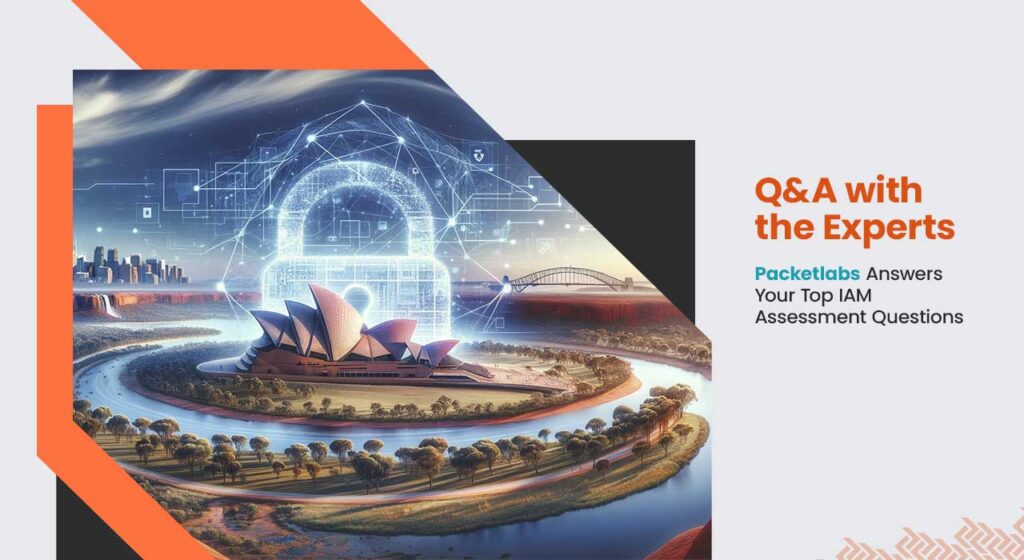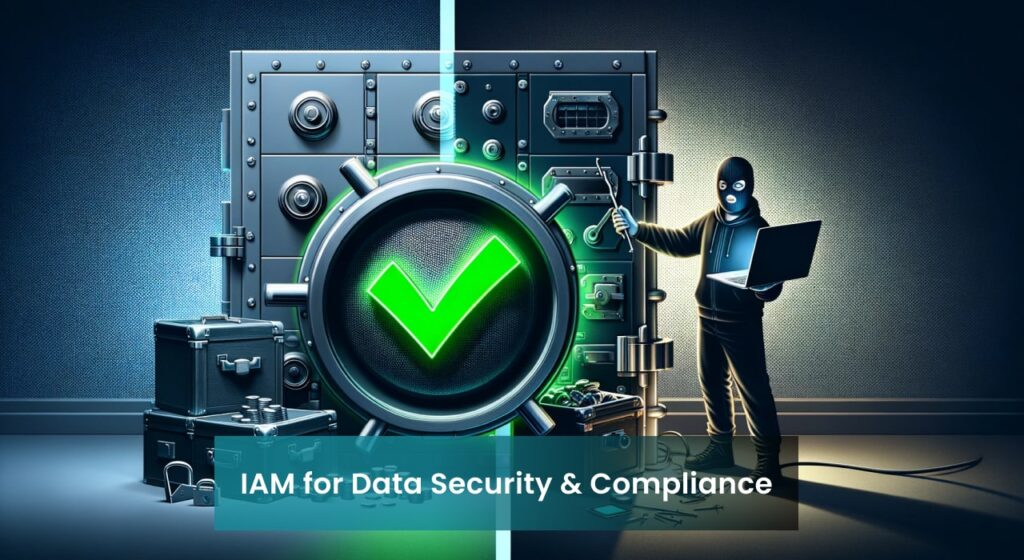
The Australian Cyber Security Centre (ACSC) reported a 78% increase in cyberattacks targeting healthcare organisations in 2023 alone. Identity and Access Management (IAM) assessments are a critical tool for Australian businesses to identify vulnerabilities and ensure appropriate access controls are in place, safeguarding sensitive data and mitigating cyber risks.
What is an IAM Assessment?
An Identity and Access Management (IAM) assessment is a systematic evaluation of an organisation’s practices and controls surrounding user access to critical systems and data. This in-depth review aims to identify potential weaknesses and ensure that access privileges are granted based on the principle of least privilege. By analysing user roles, permissions, and access logs, IAM assessments help Australian businesses uncover security gaps that could be exploited by cybercriminals.
Why are IAM Assessments Important in Australia?
Australia’s digital landscape is increasingly under siege. The Australian Cyber Security Centre (ACSC) reported a staggering 78% rise in cyberattacks targeting healthcare organisations in 2023. These attacks often exploit weaknesses in access controls, highlighting the critical need for robust Identity and Access Management (IAM) practices.
Effective IAM safeguards sensitive data by ensuring only authorised users have access to specific systems and information. This aligns with the Australian Privacy Principles (APPs) enshrined in the Privacy Act 1988 (Cth), which mandate organisations to protect the personal information they collect. IAM assessments play a vital role in ensuring compliance with these regulations by identifying and addressing any gaps in access controls.
Beyond regulatory compliance, robust IAM practices mitigate cyber risks for Australian businesses of all sizes. By minimising unauthorised access privileges, IAM assessments make it significantly harder for cybercriminals to infiltrate systems and steal sensitive data. This translates to a reduction in financial losses, reputational damage and potential legal ramifications associated with data breaches.

Common IAM Assessment Questions and Answers
Understanding the Assessment Landscape
- What are the different types of IAM assessments?
There are various IAM assessments available, each tailored to address specific needs. Common types include:
- High-level Assessment: This provides a quick overview of your IAM posture, identifying major vulnerabilities and areas requiring further evaluation.
- Detailed Assessment: This comprehensive review delves deeper into user access controls, policies and procedures, uncovering potential weaknesses and misconfigurations.
- Compliance Assessment: This focuses on ensuring your IAM practices align with relevant Australian regulations, such as the APPs.
The Value Proposition of IAM Assessments:
- What are the benefits of conducting an IAM assessment?
An IAM assessment offers a multitude of benefits for Australian organisations:
- Enhanced Security: By identifying and addressing access control weaknesses, IAM assessments significantly reduce the risk of data breaches and unauthorised access.
- Improved Compliance: Regular assessments ensure your IAM practices align with Australian regulations like the APPs, minimising the risk of hefty fines and reputational damage.
- Optimised Efficiency: IAM assessments can streamline access controls, reducing administrative overhead and improving user productivity.
- Data-Driven Decision Making: Insights gained from assessments empower you to make informed decisions about strengthening your overall security posture.
The Assessment Process
- What are the typical steps involved in an IAM assessment?
A typical IAM assessment follows a structured approach:
- Planning & Scoping: Define the assessment’s goals, scope, and methodology.
- Data Collection & Analysis: Gather information on user roles, permissions, systems, and access logs.
- Risk Identification & Analysis: Evaluate potential vulnerabilities and assess their severity.
- Reporting & Recommendations: Document findings, highlight risks, and recommend mitigation strategies.
- Remediation & Improvement: Implement corrective actions and refine IAM practices based on assessment outcomes.
Preparing for Success
- How can we prepare for an IAM assessment?
Effective preparation streamlines the assessment process and ensures you gain maximum value:
- Gather Documentation: Compile relevant policies, procedures, and access control configurations.
- Identify Key Stakeholders: Involve key personnel from IT, security, and business units.
- Define Assessment Goals: Align assessment objectives with your overall security strategy.
- Establish Communication Channels: Ensure clear communication between internal teams and assessment specialists.
Common Challenges and Solutions
- What are some common IAM assessment findings in Australian organisations?
| Finding | Potential Consequences |
|---|---|
| Over-privileged Users |
|
| Inconsistent Password Policies |
|
| Limited Visibility into Access Logs |
|
By leveraging Packetlabs’ expertise and addressing these common findings, Australian businesses can significantly enhance their IAM posture and mitigate cyber risks.

Absolutely! In conclusion, IAM assessments stand as a crucial pillar in Australia’s cybersecurity strategy, particularly amidst the escalating cyber threats targeting various sectors, notably healthcare. These assessments serve as proactive measures for businesses to fortify their defenses against cyberattacks by comprehensively evaluating and enhancing their IAM practices.
IAM assessments not only bolster security by identifying and rectifying access control vulnerabilities but also ensure regulatory compliance, aligning with Australia’s privacy regulations such as the Australian Privacy Principles (APPs) outlined in the Privacy Act 1988 (Cth). By adhering to these standards, organisations demonstrate their commitment to safeguarding personal information, thereby fostering trust with customers and stakeholders.
Moreover, beyond mere compliance, IAM assessments facilitate efficient operations by streamlining access controls, reducing administrative burdens, and enhancing user productivity. Armed with data-driven insights from these assessments, organisations can make informed decisions to strengthen their overall security posture and resilience against evolving cyber threats.
Addressing common IAM assessment findings, such as over-privileged users, inconsistent password policies and limited visibility into access logs, empowers Australian businesses to proactively mitigate cyber risks. By leveraging the expertise of entities like Packetlabs and implementing tailored solutions, organisations can significantly enhance their IAM posture, thereby safeguarding sensitive data, protecting their reputation, and mitigating financial and legal repercussions associated with cyber breaches.
In essence, IAM assessments play a pivotal role in navigating Australia’s dynamic cyber threat landscape, enabling organisations to proactively identify vulnerabilities, fortify their defenses and foster a more secure digital environment for all stakeholders involved.
Now that you understand the importance of IAM assessments, explore the next crucial step: integrating IAM seamlessly into your existing security architecture. Our follow-up article, “Beyond the Assessment: Integrating IAM with Your Existing Security Stack dives into the benefits and challenges of IAM integration, along with practical strategies to ensure a successful implementation. Take your IAM journey a step further and empower your organization to achieve a unified and robust security posture.
